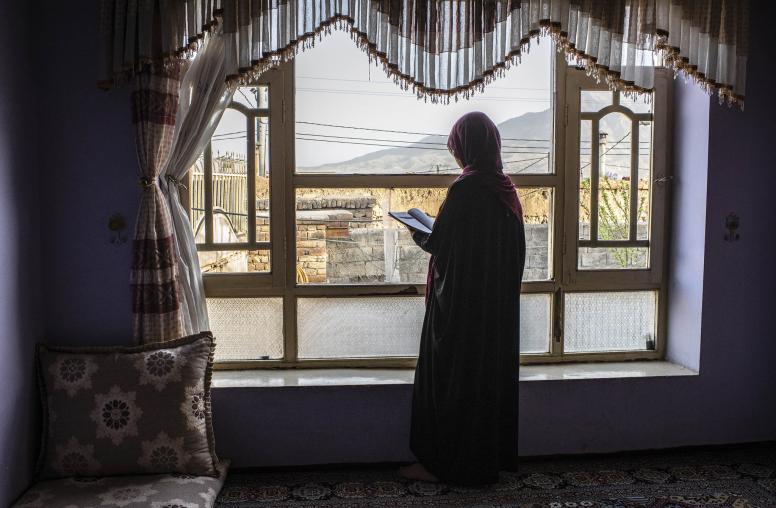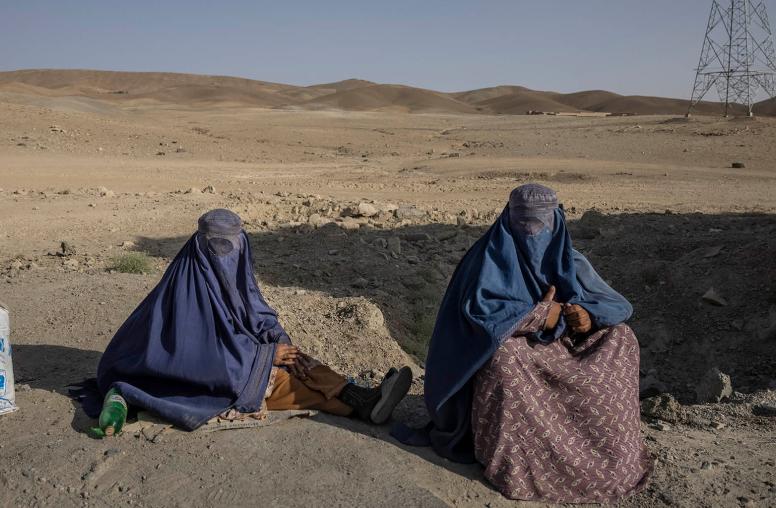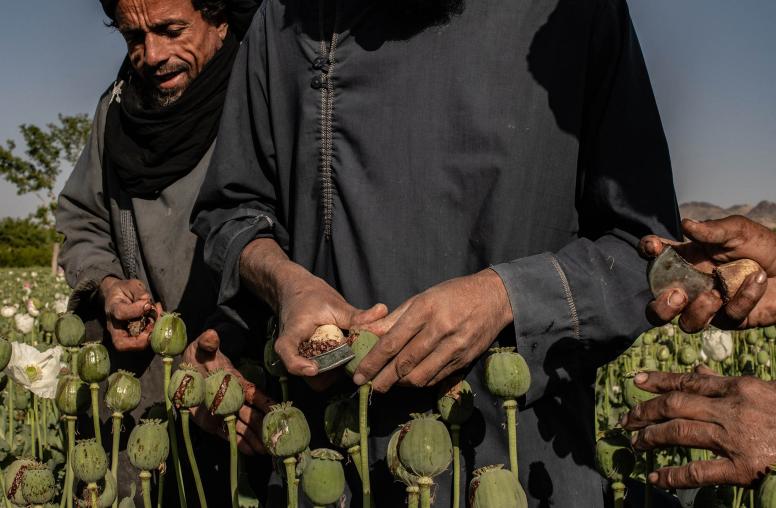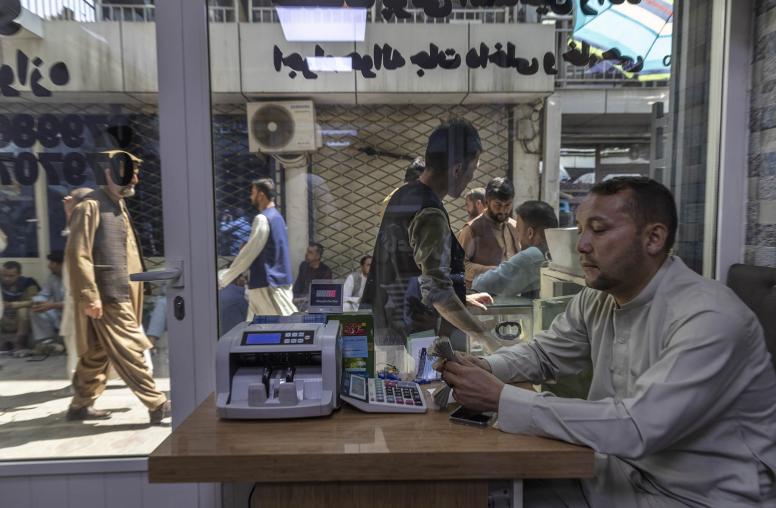A Rough Guide to Afghan Youth Politics
Afghan politics today are shifting in response to a growing youth population and an increasing number of young political leaders. Youth are critical to the future of the country, and what they think of the transition period since 2001 matters. Understanding their goals; how they network, organize, and mobilize; and their aspirations for the April 2014 presidential and provincial council elections reveal how they are looking to reshape the political culture. And perhaps the most significant single element in this equation is the relationship between today’s youth and the old-guard political elite and provincial power brokers.
Summary
- The growth of subnational youth political organizations since 2001 is in many cases synonymous with the emergence of a civil society in Afghanistan. Youth see civil society organizations as one route to political power.
- Youth politics in 2013 is still deeply tied to old-guard political networks. In many provinces, power brokers use youth organizations to maintain political control. Continuing dominance of the old guard will likely prevent the emergence of a youth bloc or a youth vote in the upcoming elections.
- Although youth activists recognize their demographic weight, they view themselves as a transitional generation—and see their sons and daughters as the first truly new political generation.
- The gap between youth organizations in Kabul and those in the provinces is large and both physical and conceptual. In the capital the focus, not surprisingly, is on influencing policy. Kabul-based organizations that receive the majority of international attention act more as pressure groups and think tanks than political parties. Kabul-based youth-led parties that function as such have so far established only a limited presence in provinces.
- Youth organizations based in provincial capitals are less concerned with policy and more concerned with basic outreach and service delivery. These groups are composed of individuals with education and worldviews similar to those of their national counterparts but struggle to establish connections, either upward to national parties or downward to the districts.
- More youth are running for provincial council seats than in 2009, but many of these are seen as proxies of provincial power brokers. Youth perceptions of transition often reflect those of the greater population: Some feel that transition is needed and will go forward with fewer negative effects on security and livelihoods than speculated on in the media; others speak of a return to civil war as a matter of when rather than if.
About the Report
This report builds on several initiatives by the United States Institute of Peace (USIP) to explore how a growing youth population and an increasing number of young political leaders are reshaping Afghan politics. Drawing on 160 interviews with politically active youth, university students, and young journalists in seven of Afghanistan’s thirty-four provinces—Kabul, Kandahar, Khost, Herat, Balkh, Bamiyan, and Nangarhar—from June to November 2013, this report complements a focused ethnographic study by Anna Larson and Noah Coburn of three communities in and around Kabul city published by USIP in January 2014.
About the Authors
Gran Hewad is the cofounder of the Afghan Peace and Development Studies Organization and a member of the political organization Afghanistan 1400. He was a researcher with the Kabul-based Afghanistan Analysts Network from 2009 to 2014. Casey Garret Johnson, a USIP senior program officer, has lived and worked in Afghanistan since 2008 conducting research on subnational politics and the insurgency.



